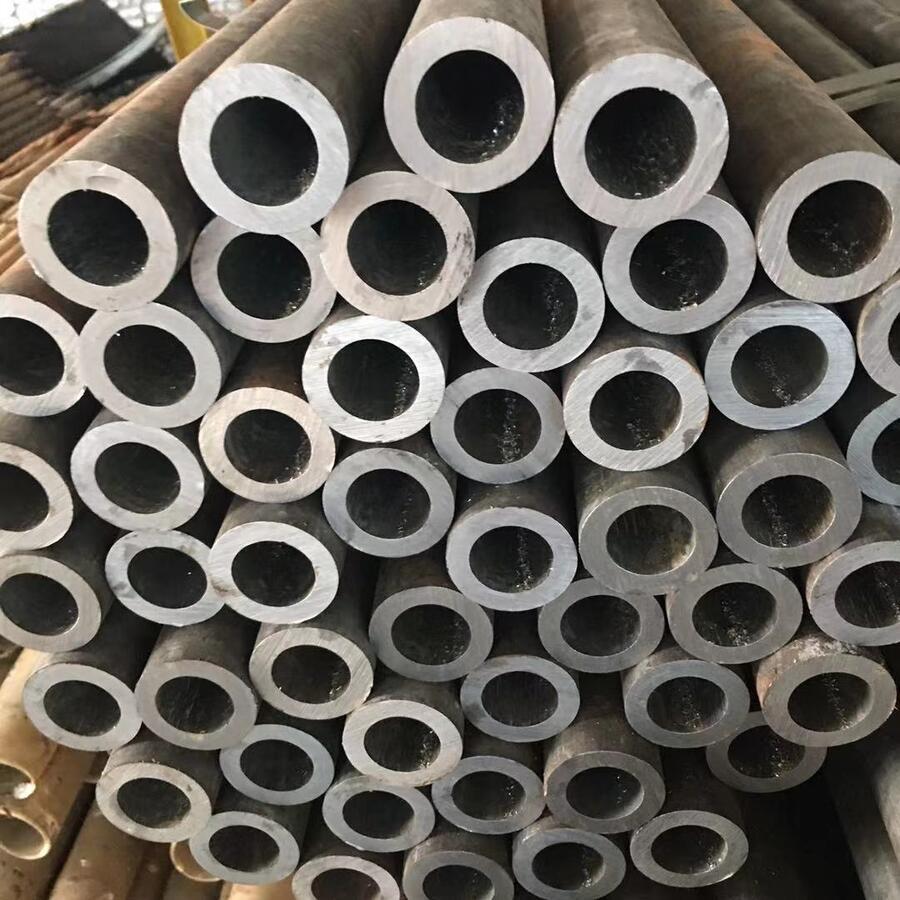The round wire rolling mill is a pivotal machinery in the metalworking industry, essential for producing high-quality round wires used in various applications ranging from construction to electronics. Understanding the functionality, parameters, and advancements in round wire rolling mills is crucial for manufacturers aiming to enhance their production efficiency and product quality.
Introduction to Round Wire Rolling Mills
A round wire rolling mill facilitates the transformation of metal coils into uniform round wires through a controlled rolling process. This machinery employs a series of rolling stands equipped with hardened rollers that reduce the diameter of the metal strip incrementally. The precision in the rolling process ensures the consistency and integrity of the final wire product.
Key Components of Round Wire Rolling Mills
The efficiency and performance of a round wire rolling mill are determined by its core components:
- Rolling Stands: Comprising multiple hardened rollers, these stands apply the necessary pressure to deform the metal.
- Drive System: Ensures synchronized movement of rollers to maintain consistent wire diameter.
- Control Systems: Advanced automation systems monitor and adjust rolling parameters in real-time.
- Cooling Systems: Manage the temperature of the wire post-rolling to prevent distortion.
Operational Parameters of Round Wire Rolling Mills
Several critical parameters govern the operation of a round wire rolling mill, each influencing the quality and efficiency of the wire production:
| Parameter | Description | Typical Range |
|---|---|---|
| Reduction Percentage | The extent to which the wire diameter is reduced in a single pass. | 10-30% |
| Roll Stand Configuration | The number of rolling stands and their arrangement. | 3-7 stands |
| Roll Diameter | Diameter of the rollers used in each stand. | 200-1000 mm |
| Rolling Speed | The speed at which the rollers operate during the rolling process. | 0.5-5 m/s |
| Wire Diameter Range | The range of wire diameters that the mill can produce. | 0.5-50 mm |
| Material Compatibility | Types of metals that can be processed. | Steel, aluminum, copper, etc. |
| Power Consumption | Energy required to operate the rolling mill. | 50-500 kW |
| Precision Control | Accuracy in achieving desired wire dimensions. | ±0.1% |
| Automation Level | Degree of automation in monitoring and adjusting the rolling process. | High |
| Maintenance Interval | Frequency of required maintenance checks. | Monthly |
Advanced Features in Modern Round Wire Rolling Mills
Modern round wire rolling mills incorporate several advanced features to enhance performance and product quality:
- Automated Tension Control: Maintains consistent wire tension to prevent defects.
- Real-Time Monitoring Systems: Utilize sensors and IoT technology to track operational parameters continuously.
- Energy-Efficient Motors: Reduce power consumption while maintaining high performance.
- Modular Design: Allows for easy upgrades and scalability based on production needs.
Integration with HANI TECH’s Rolling Mill Solutions
HANI TECH offers cutting-edge round wire rolling mills that integrate seamlessly with their range of hot rolling machines and auxiliary equipment available at HANI TECH Hot Rolling. These mills are designed to provide superior performance, durability, and energy efficiency, ensuring optimal wire production.
Additionally, HANI TECH’s expertise in smelting furnaces and auxiliary parts, showcased on HANI TECH Metallurgy, complements their rolling mill offerings by providing comprehensive solutions for the entire wire production process. This integration ensures that manufacturers can achieve high-quality outputs with minimal downtime and maintenance.
Applications of Round Wire Rolling Mills
Round wire rolling mills are integral to various industries, including:
- Construction: Producing reinforcement bars and cables.
- Automotive: Manufacturing suspension springs and electrical wiring.
- Electronics: Creating fine wires for coils and connectors.
- Energy: Producing high-strength wires for power transmission.
Benefits of Using Advanced Round Wire Rolling Mills
Employing state-of-the-art round wire rolling mills offers numerous advantages:
- Enhanced Precision: Achieves tight tolerances for consistent wire quality.
- Increased Efficiency: Higher production rates with lower energy consumption.
- Reduced Downtime: Robust design and easy maintenance minimize operational interruptions.
- Versatility: Capable of handling a wide range of materials and wire sizes.
Maintenance and Best Practices
Proper maintenance of round wire rolling mills is essential to ensure longevity and optimal performance:
- Regular Inspection: Check rollers, bearings, and drive systems for wear and tear.
- Lubrication: Maintain appropriate lubrication levels to reduce friction and prevent overheating.
- Calibration: Periodically calibrate control systems to maintain precision.
- Cleaning: Keep the machinery clean to prevent debris buildup that can interfere with operations.
Conclusion
The round wire rolling mill stands as a cornerstone in metal processing, offering precise and efficient wire production capabilities. By integrating advanced technologies and adhering to best maintenance practices, manufacturers can leverage these mills to achieve superior product quality and operational excellence. HANI TECH’s comprehensive range of rolling mills and auxiliary equipment further enhances the ability to meet diverse industrial demands, ensuring sustained growth and innovation in the wire manufacturing sector.




